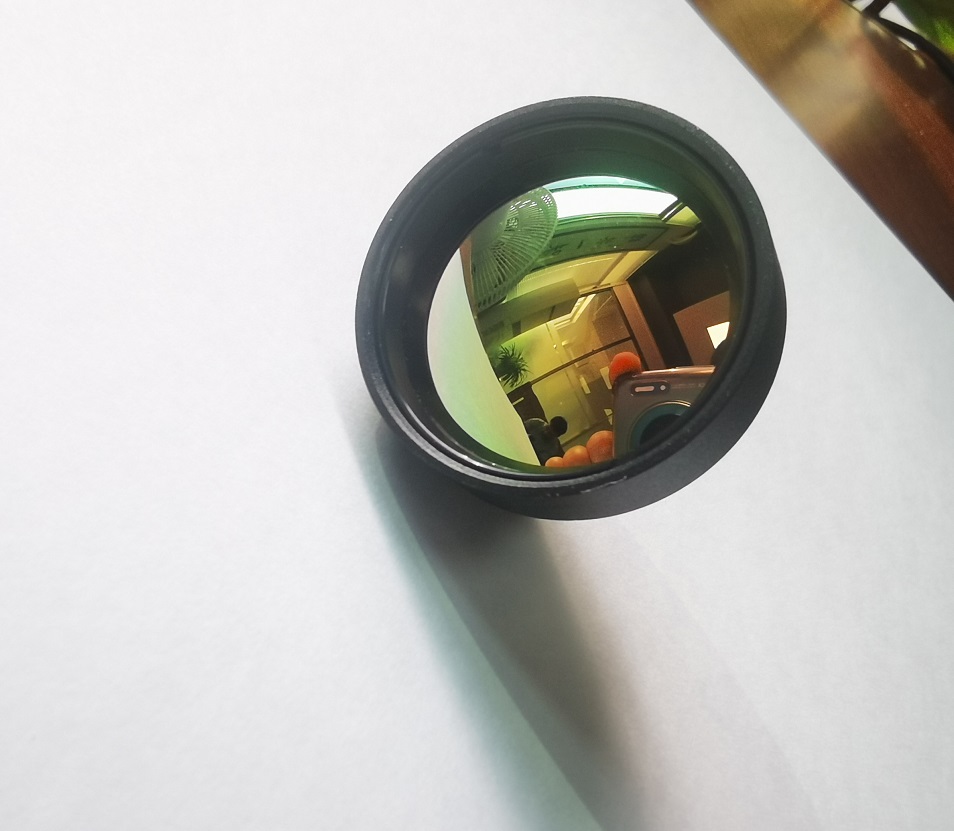Industrial News
Understanding the Application of Infrared Wavelengths for Thermal Imaging

Thermal imaging technology has revolutionized various industries, enabling us to visualize and understand the otherwise invisible world of heat. Behind this remarkable innovation lies an essential component - infrared wavelengths. In this article, we delve into the diverse applications and significance of infrared wavelengths in thermal imaging.
I. What are Infrared Wavelengths?
Infrared (IR) wavelengths are a part of the electromagnetic spectrum, representing a range of wavelengths longer than those of visible light. These wavelengths are classified into three categories: near infrared, mid-wave infrared, and long-wave infrared.
· Near Infrared: With wavelengths between 700 to 1400 nanometers, near infrared is commonly used in consumer electronics and optical communication applications but has limited use in thermal imaging.
· Mid-wave Infrared: Ranging from 3 to 5 micrometers, mid-wave infrared provides good thermal contrast and is often utilized in military and industrial thermal imaging.
· Long-wave Infrared: With wavelengths between 8 and 14 micrometers, long-wave infrared is extensively utilized in various thermal imaging industries due to its ability to detect even low levels of heat signatures.
II. Applications of Infrared Wavelengths in Thermal Imaging
1. Building Inspections and Energy Auditing: Infrared thermal imaging helps identify heat leaks, faulty insulation, and electrical issues within buildings. By using long-wave infrared, the heat signatures can be effectively captured, enabling precise energy auditing and cost-saving measures.
2. Medical Diagnostics: Infrared wavelengths find application in medical imaging thermography, facilitating non-invasive visualization of body heat patterns. They assist in detecting anomalies, such as tumors or inflammation, by identifying variations in heat signatures.
3. Surveillance and Security: The use of mid-wave infrared technology enables efficient surveillance and security systems, allowing the detection of intruders or hidden objects even in low-light or adverse weather conditions.
4. Firefighting: Long-wave infrared cameras aid firefighters in locating hidden fires and victims through smoke or darkness. By detecting heat sources, firefighters can swiftly navigate and assess dangerous situations.
III. Advantages of Infrared Wavelengths in Thermal Imaging
Infrared wavelengths offer numerous advantages in thermal imaging:
· Detecting Temperature Differences: Infrared wavelengths allow for the accurate detection of subtle temperature variations, making them highly valuable in areas requiring precise temperature measurements.
· Non-Destructive Testing: Infrared thermal imaging is non-invasive, allowing technicians to examine devices, structures, or materials without causing damage, resulting in cost-effective and efficient inspections.
· Enhanced Safety: By detecting heat signatures and anomalies, infrared thermal imaging ensures the safety of personnel operating in hazardous environments, preventing potential accidents or injuries.
· Fast and Real-time Analysis: Infrared cameras provide instant feedback, facilitating prompt decision-making and swift action in critical situations.
In conclusion, infrared wavelengths play a vital role in thermal imaging, enabling us to perceive and analyze heat patterns in numerous applications. From building inspections to medical diagnostics and firefighting, this technology continues to revolutionize industries and enhance our understanding of the world around us.
 English
English  German
German Japanese
Japanese Korean
Korean Vietnamese
Vietnamese French
French Spanish
Spanish भारत
भारत



